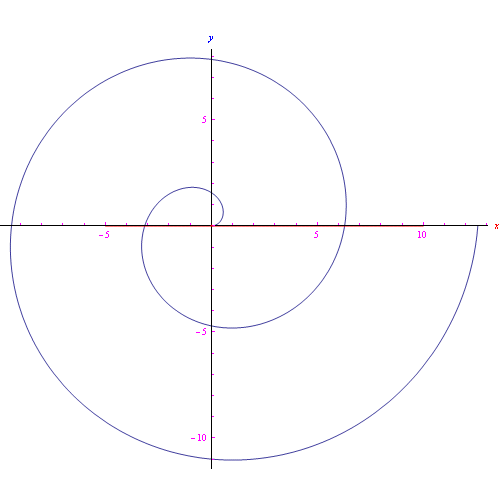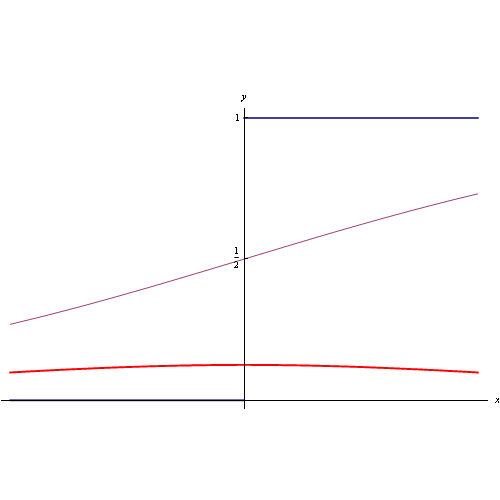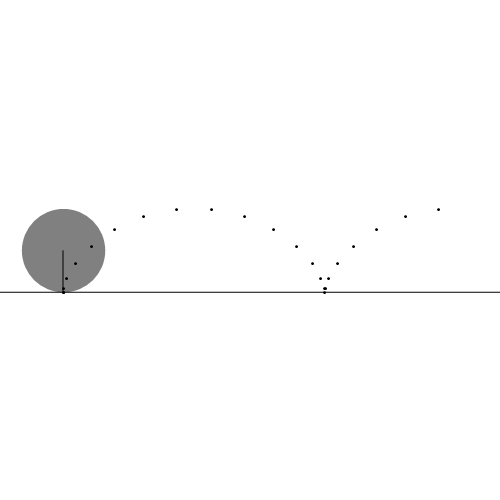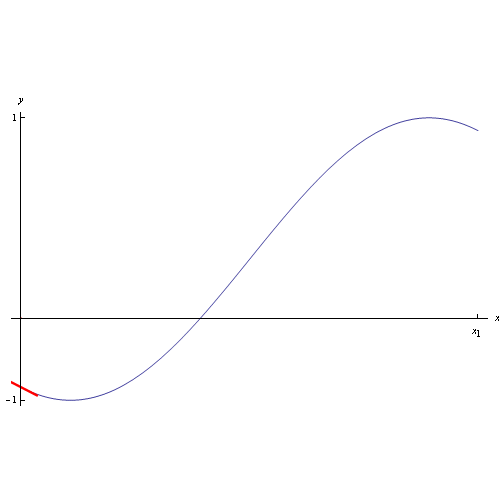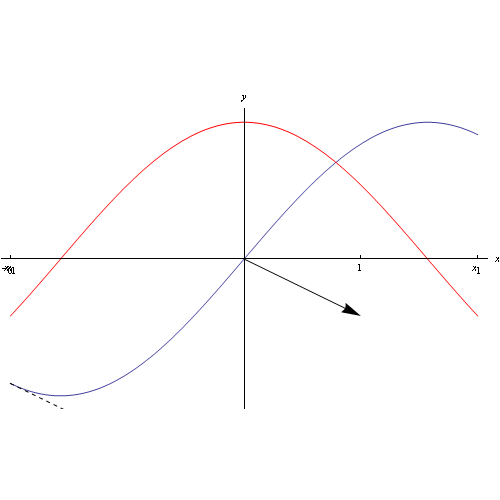Computational electronics and Lambert function. From the diode to the equipotential curves of a plate capacitor
lunedì, Dicembre 5th, 2022
Let us consider the circuit of fig. 1, where X denotes a generic passive component. Kirchhoff's second law gives:

where vD is the voltage across the diode, while vin is an assigned input voltage, possibly variable over time. Usually in electronics textbooks an ideal diode is considered, in the sense that in forward bias it behaves like a short circuit, while in reverse bias it is an open circuit. In the real diode, however, the characteristic voltage current is well known which in the case of a germanium diode, is written (with obvious meaning of the symbols):

It follows the output voltage which unfortunately does not solve our problem since we do not know i(t):

We must therefore specify the component X. In the simplest case it is a given resistance R, so it is vout=Ri(t). So our equation is written:

It is preferable to make the problem dimensionless by defining the function:

After simple steps:

where

is a known quantity. We observe that in the equation written above the argument of the exponential has as numerator the potential difference across R (therefore the output voltage) when the diode is in reverse bias.
For a given t, the first member of the equation we have to solve, reminds us of the Lambert function in the real field:

which is defined on all R, exponentially divergent as x->+oo and infinitesimal as x->-oo. It succeeds strictly decreasing in (-oo,-1) and strictly increasing in (1,+oo), presenting a relative minimum in x=-1, with f(-1)=-e^-1. The graph is

Now suppose we want to solve the equation for x:

Since the range of the Lambert function is f(R)=[-e^-1,+8), it follows that the possible cases are:

Possible solutions must be sought numerically, perhaps by reconstructing them in software using Computer Algebra systems of the Mathematica type. The latter denotes the aforementioned solutions with a library function known as ProductLog. It is an extremely powerful instruction as it is not limited to the search for the solutions of equations involving the Lambert function. Furthermore, this allows us to derive the function x(t). To fix ideas:

Solving and graphing with Mathematica, we obtain the trend of vout shown in fig.

To conclude, the ProductLog library function lends itself to interesting applications ranging from complex analysis to the determination of the equipotential curves of a flat capacitor, of which we report a ContourPlot in fig.


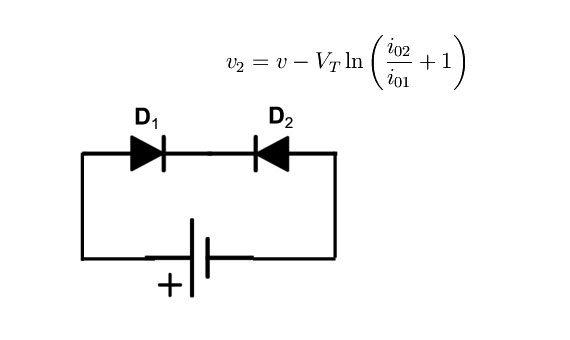







 Congettura di Riemann
Congettura di Riemann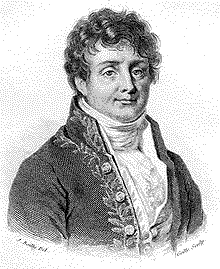 Trasformata discreta di Fourier
Trasformata discreta di Fourier
 Trasformata di Fourier nel senso delle distribuzioni
Trasformata di Fourier nel senso delle distribuzioni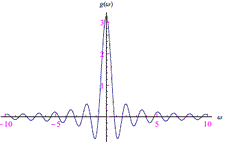 Trasformata di Fourier
Trasformata di Fourier  Infinitesimi ed infiniti
Infinitesimi ed infiniti Limiti notevoli
Limiti notevoli Punti di discontinuità
Punti di discontinuità Misura di Peano Jordan
Misura di Peano Jordan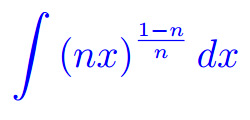 Eserciziario sugli integrali
Eserciziario sugli integrali Differenziabilità
Differenziabilità  Differenziabilità (2)
Differenziabilità (2) Esercizi sui limiti
Esercizi sui limiti Appunti sulle derivate
Appunti sulle derivate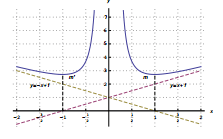 Studio della funzione
Studio della funzione Esercizi sugli integrali indefiniti
Esercizi sugli integrali indefiniti Algebra lineare
Algebra lineare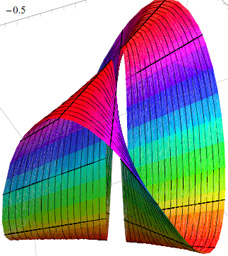 Analisi Matematica 2
Analisi Matematica 2 Analisi funzionale
Analisi funzionale Entanglement quantistico
Entanglement quantistico Spazio complesso
Spazio complesso Biliardo di Novikov
Biliardo di Novikov Intro alla Meccanica quantistica
Intro alla Meccanica quantistica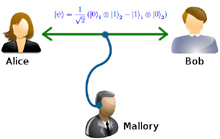 Entanglement Quantistico
Entanglement Quantistico